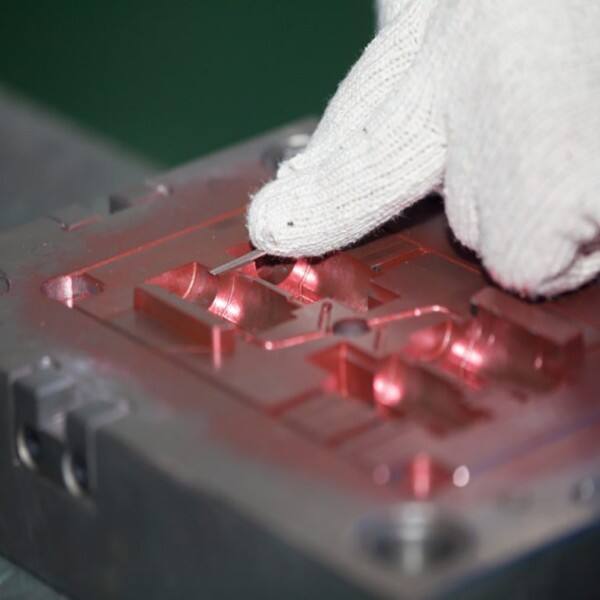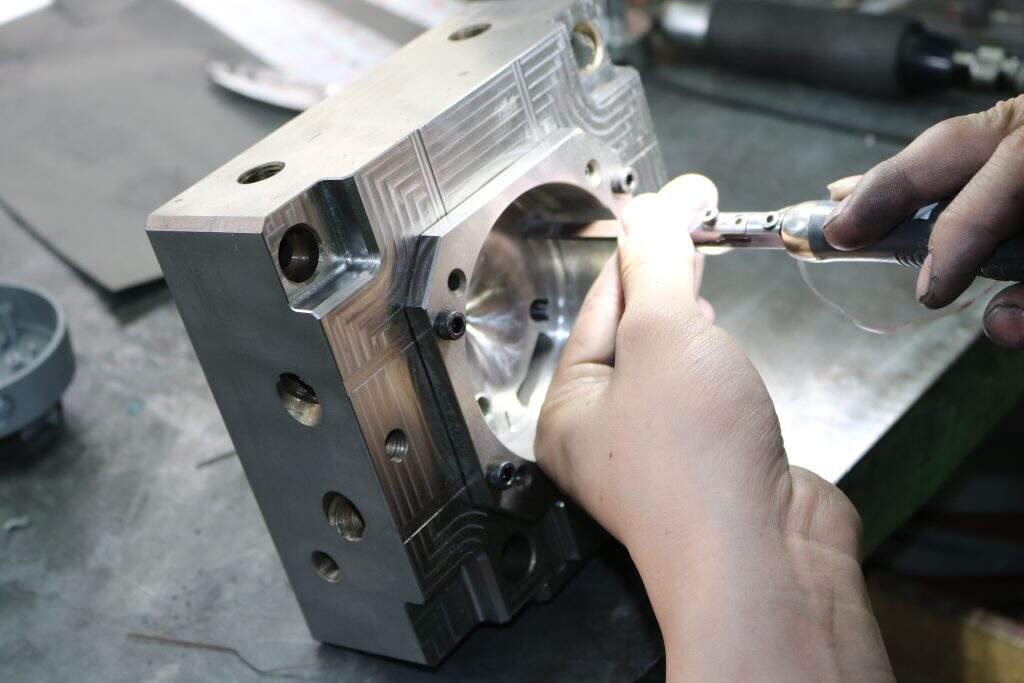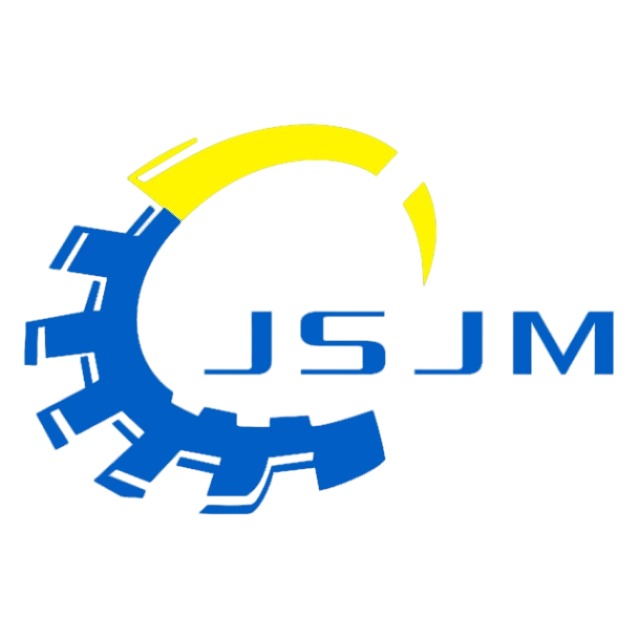The Advantages of Injection Molding
Injection molding is a manufacturing process that uses a syringe to inject molten plastic into a mold, where it cools and solidifies to form the finished product. This process has become a widely used technology in manufacturing due to its many advantages.
One of the main advantages of injection molding is its efficiency. The process is fully automated, reducing the need for manual labor. This not only increases productivity but also ensures consistency and accuracy in the production process.

Additionally it is capable of manufacturing complex shapes and parts. The molds used in this process can create complex designs that would be difficult or impossible to produce using other manufacturing techniques. This allows manufacturers to create highly detailed and functional parts.
Injection molding provides the ability to produce a wide range of parts in a variety of materials, including thermoplastics, thermoset polymers and elastomers. This flexibility allows manufacturers to select the materials best suited for their specific applications, ensuring optimal performance and durability.
It provides production of parts with precisely controlled dimensions and tolerances. The molds used in this process are extremely precise, ensuring that the parts produced are consistent and accurate every time.
Finally, injection molding is cost-effective. The process uses material efficiently because molten plastic is injected into the mold cavity, causing minimal waste. Additionally, the high-volume production speeds achieved by injection molding can result in significant cost savings compared to other manufacturing technologies.


